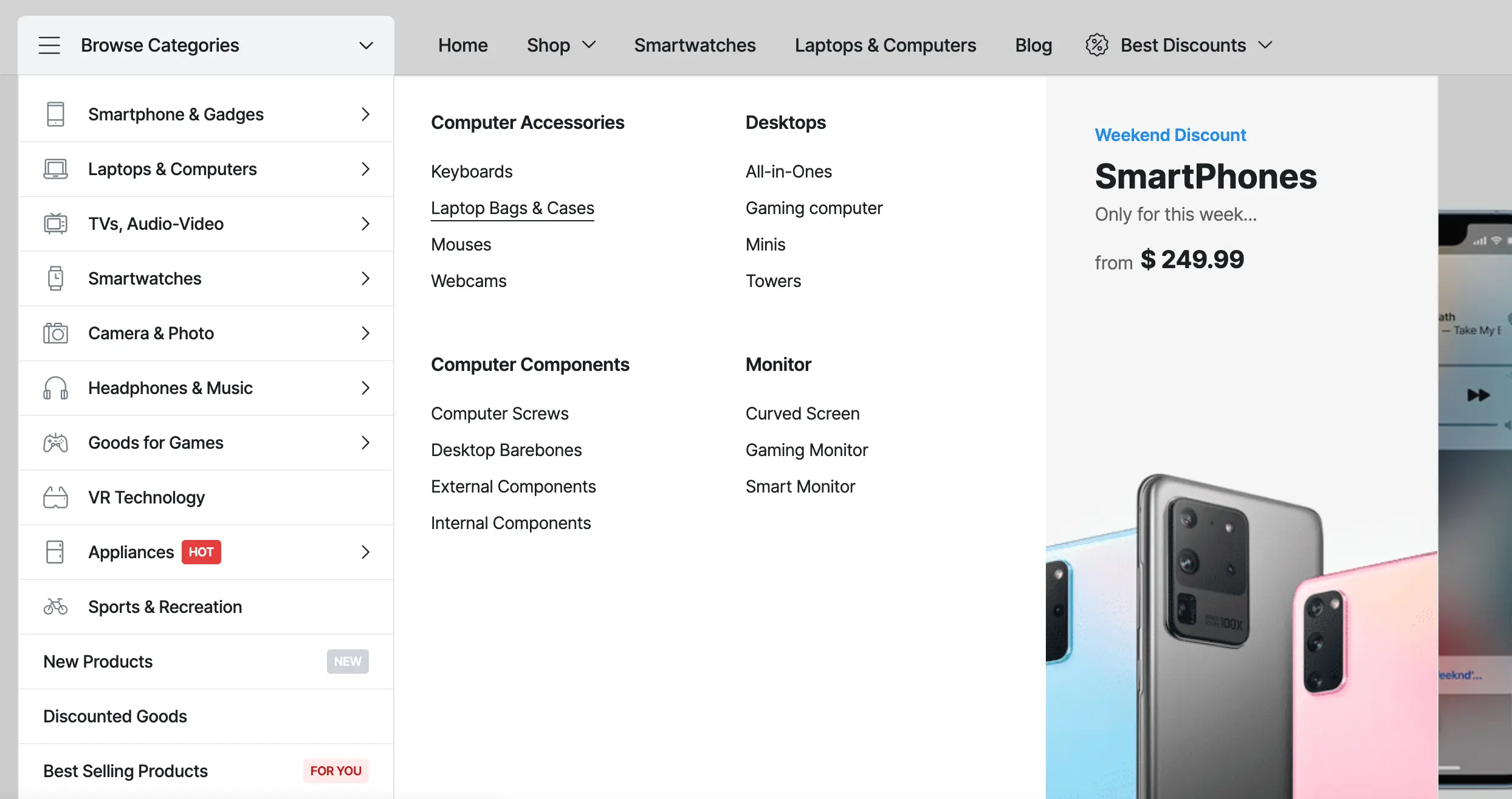What is Headless WordPress
Traditionally, WordPress has been the cornerstone for building websites that are both user-friendly and easy to manage. This platform has served as an all-in-one solution, intertwining the creation and management of content with its presentation. Yet, the digital environment demands ever more adaptable, robust, and high-performing websites, leading to the rise of Headless WordPress. This transformative approach redefines the interaction between web content management and presentation, aiming to meet the heightened expectations of today’s tech-savvy audience.
The Core Concept
Headless WordPress refers to using the WordPress backend as a content repository, divorced from the frontend presentation layer. Typically, WordPress ties the backend (where content is stored and managed) directly to the frontend (the visible part of the website). In a headless setup, the frontend is completely independent, often built on cutting-edge technologies that specialize in delivering content, not managing it. This decoupling allows developers to use any frontend technology they prefer, such as JavaScript frameworks like React or Angular, providing greater flexibility and potentially enhancing site performance.
Why Choose Headless?
1. Enhanced Performance:
Separating the frontend from the backend allows developers to optimize each part according to its specific needs. For example, using a frontend framework like React can significantly decrease page load times due to more efficient data handling and rendering techniques. Faster websites are not only more user-friendly but also rank better in search engine results, a crucial factor for online visibility.
2. Flexibility and Innovation:
Headless WordPress frees developers from the constraints of PHP and traditional WordPress themes. This flexibility opens the door to using any programming language or framework for the frontend, enabling the creation of web applications that are not only visually distinctive but also finely tuned for specific functional requirements. For instance, an e-commerce site could integrate advanced shopping cart capabilities seamlessly with content-rich product pages.
3. Scalability:
With the frontend and backend split, scaling becomes more manageable. High-traffic sites, for instance, can scale their frontend services independently from their content management system. This separation allows for handling large volumes of users and data without overwhelming the WordPress backend, ensuring consistent performance during traffic peaks.
4. Improved Security:
A headless architecture enhances security by limiting the exposure of the backend system. Without a direct link to the frontend, the attack surface is significantly reduced, protecting against common vulnerabilities typically exploited in traditional WordPress setups. This configuration is particularly advantageous for organizations handling sensitive user data, providing an extra layer of protection against cyber threats.
Implementing Headless WordPress
Transitioning to a headless configuration starts with setting up a conventional WordPress site to serve as the content backbone. The frontend, however, is entirely separate and can even reside on a different hosting environment. This frontend interacts with WordPress through APIs like REST or GraphQL, fetching content as needed and rendering it according to the site’s design. This method allows for a dynamic content experience, where updates made in the WordPress backend are immediately available on the frontend without the need for additional adjustments.
Real-World Applications
Consider the example of a major news outlet that switched to Headless WordPress to manage the diverse and voluminous content efficiently. By adopting a headless approach, the outlet ensures that their content loads quickly and handles the high demand of simultaneous users, especially during peak news hours. Moreover, platforms like TechCrunch have embraced headless technologies to revamp their digital presence, ensuring they can scale content delivery to millions of readers without performance hitches.
Challenges and Considerations
Despite its numerous benefits, Headless WordPress might not be the perfect fit for all projects. The need for specialized development resources for both the backend and frontend can be a significant hurdle, especially for smaller teams or those with limited technical expertise. Furthermore, managing two distinct systems can introduce complexity in deployment, updates, and maintenance, requiring a robust strategy to handle these elements efficiently.
Conclusion
Headless WordPress marks a progressive departure from traditional web development practices, emphasizing performance, security, and scalability. By enabling developers to use the best tools available for the frontend and backend, it supports the creation of sophisticated, high-quality web applications that cater to advanced user needs. Whether it’s enhancing your digital strategy or building a more dynamic online platform, Headless WordPress offers a compelling framework for those looking to innovate and excel in the digital era.
Related Articles
If you enjoyed reading this, then please explore our other articles below:
More Articles
If you enjoyed reading this, then please explore our other articles below:



















 2019-2025 ©
2019-2025 ©